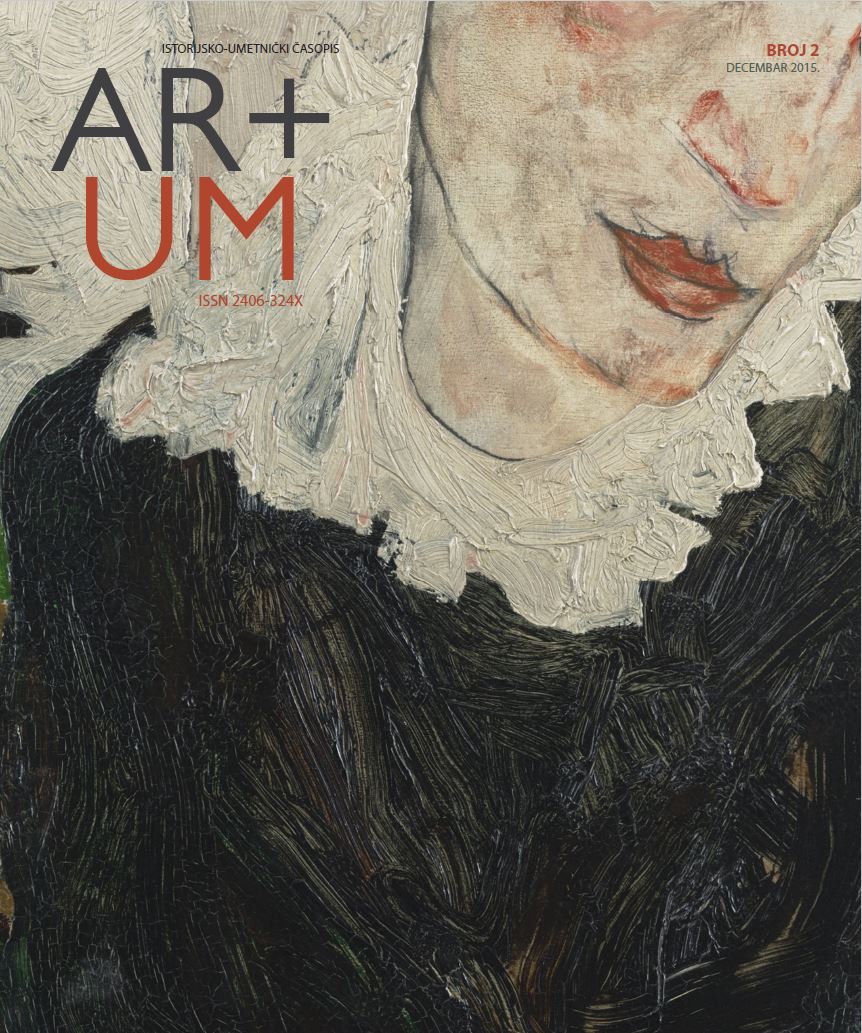Ganski oltar
Ghent Altarpiece
Iconography and Hidden Symbolism in the Annunciation scene
Author(s): Tamara MiladinovićSubject(s): Christian Theology and Religion, Visual Arts, 15th Century, Sociology of Religion
Published by: Филозофски факултет, Универзитет у Београду
Keywords: Jan van Eyck;polyptych;Ghent Altarpiece;Annunciation;
Summary/Abstract: Commissioned by rich merchant, Jodocus Vyd and his wife for their private chapel in the Saint Bavo Cathedral (at the time parochial church of John the Baptist), Ghent altarpiece represents one of the largest and most complex polyptychs of the time. It was done by two famous brothers, the greatest artists of the period, Hubert and Jan van Eyck between 1430 and 1432. Although the attribution is not known for sure, most scholars today accept that outer side of the altar was done by Jan van Eyck. It’s impossible to make analysis of whole iconographic program of the altar because of its complexity, so this research treats only outer panels, especially the Annunciation scene. At first glance represented commonly and simply, just after careful observation scene reveals its symbolical meanings, hidden in different objects and aspects which Jan van Eyck applied unobtrusively. By interpreting and analyzing these symbols, paper aims to discover meaning of the Annunciation scene within elaborate and complex altar program. Furthermore, we want to point out certain historical events of the time, that have precede production of the altarpiece, and which maybe had some influence on shaping the iconography of the outer panels. In doing so we will also be able to resolve problem of the authorship over the altar.
Journal: Artum - Istorijsko-umetnički časopis
- Issue Year: 2/2015
- Issue No: 2
- Page Range: 7-12
- Page Count: 12
- Language: Serbian

